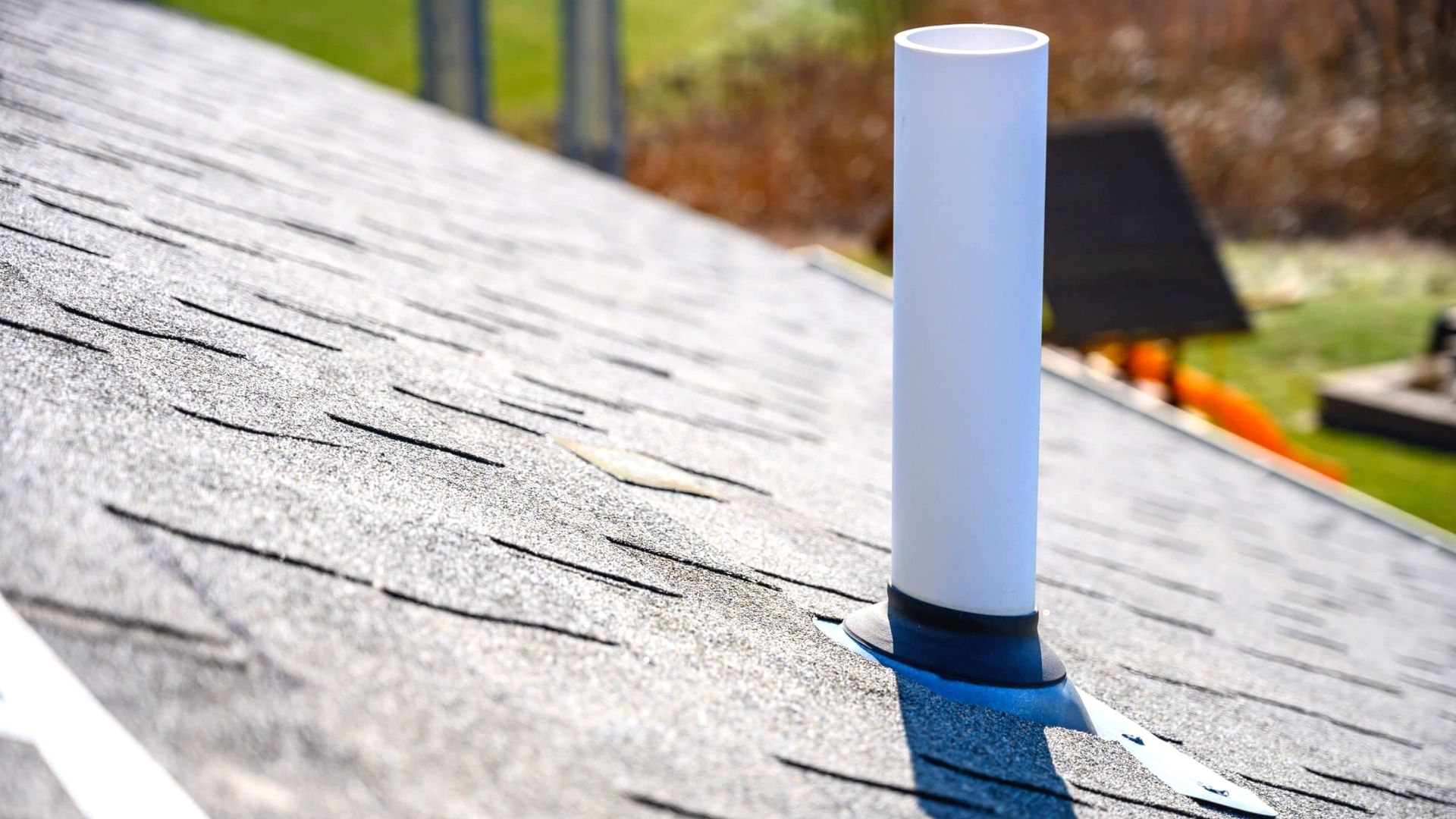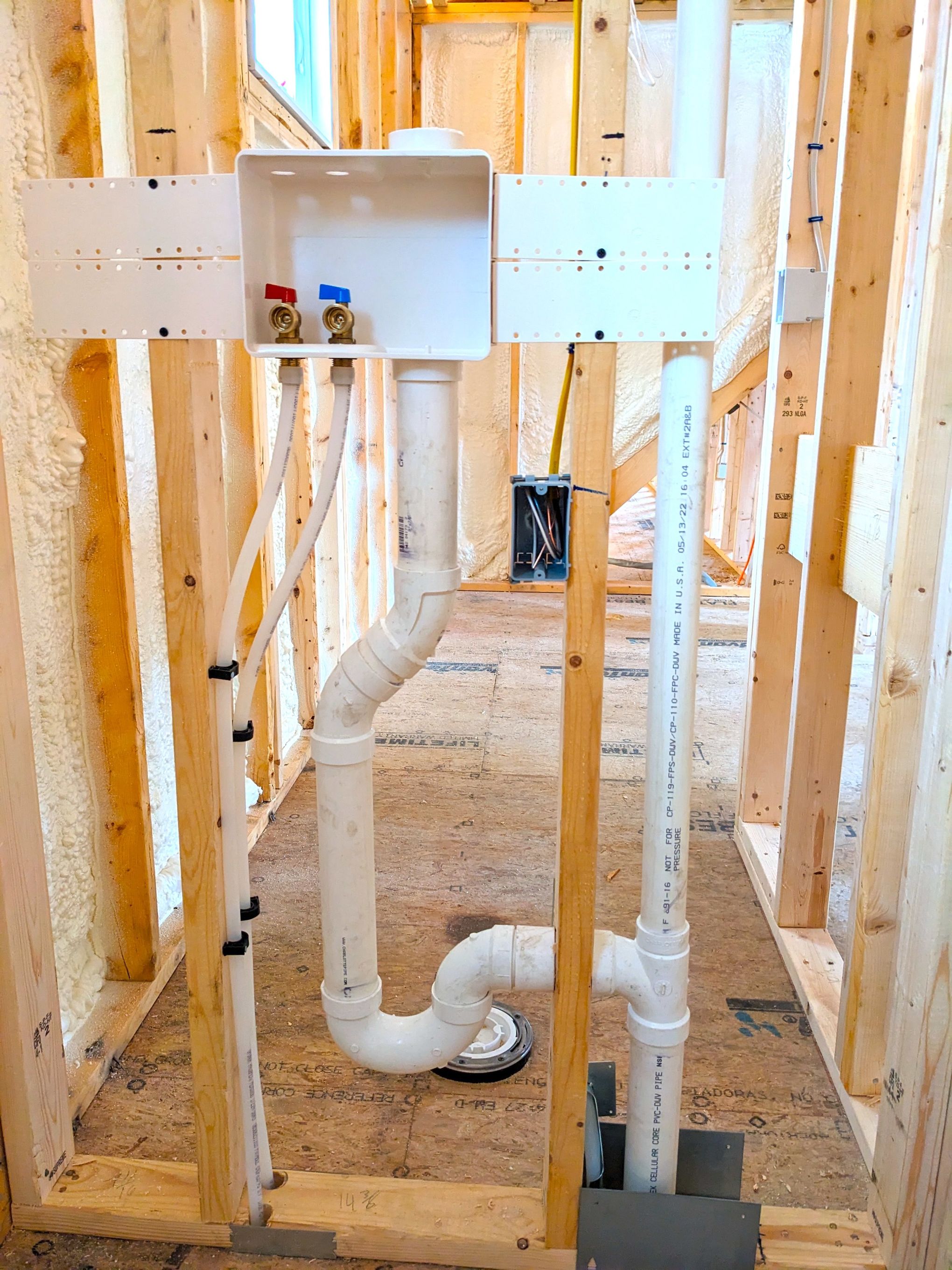The Reasons Why Adequate Ventilation is Essential for Plumbing Systems
The Reasons Why Adequate Ventilation is Essential for Plumbing Systems
Blog Article
What are your opinions regarding What Is A Plumbing Vent & How Do They Work??

Correct ventilation in plumbing systems is commonly overlooked, yet it is important for keeping the performance and safety and security of your home's plumbing. Air flow helps regulate air pressure, protect against the buildup of damaging gases, and make certain the reliable elimination of waste. In this guide, we will check out the value of correct pipes air flow, just how it works, and the advantages it gives your plumbing system.
Understanding Ventilation in Pipes
Ventilation in plumbing describes the network of pipes that permit air to flow with the water drainage system. These vents serve several purposes, including managing air pressure within the pipes, protecting against sewage system gases from going into the home, and assisting in the smooth flow of wastewater.
Exactly How Ventilation Works in Plumbing Systems
Air Pressure Guideline
Correct ventilation maintains balanced air pressure within the pipes system. When water flows via pipes, it displaces air. Without ample ventilation, this displacement can produce adverse stress, causing slow down drains pipes or siphoning of water from catches, which can trigger undesirable odors to permeate into the home.
Avoiding Sewer Gas Buildup
Among one of the most critical features of pipes vents is to prevent sewage system gases, such as methane and hydrogen sulfide, from building up within the home. These gases can pose significant health and wellness threats and are highly combustible. Vent pipes allow these gases to escape safely outside.
Aiding in Waste Removal
Air flow assists in the effective elimination of wastewater by protecting against airlocks in the drain system. When air can flow openly with the vents, it permits water and waste to stream smoothly through the pipelines, reducing the risk of obstructions and back-ups.
Types of Pipes Vents
Key Stack Vent
The major pile air vent, likewise called the air vent pile, is the primary air vent in a pipes system. It expands from the major drainpipe line up with the roofing, enabling gases to escape and fresh air to get in the system.
Branch Vent
Branch vents connect to the major stack vent and offer private fixtures, such as sinks, toilets, and showers. These vents ensure that each component has ample ventilation to function correctly.
Air Admittance Shutoff (AAV).
An Air Admittance Valve (AAV) is a one-way shutoff that enables air to enter the plumbing system without the need for a traditional air vent pipeline expanding with the roof. AAVs are typically made use of in improvements or areas where mounting a standard vent is unwise.
Indicators of Poor Ventilation in Pipes.
Slow Draining Fixtures.
If your sinks, bathtubs, or commodes are draining slowly, maybe an indication of bad ventilation. Inadequate air flow can create a vacuum cleaner impact, making it difficult for water to drain pipes appropriately.
Gurgling Sounds.
Gurgling noises originating from drains pipes are frequently an outcome of air being sucked via water catches due to adverse stress in the pipes. This is a clear sign of inadequate ventilation.
Undesirable Odors.
Sewage system smells inside your home are a warning that your pipes system is not appropriately ventilated. This might imply that drain gases are not being effectively vented outside, resulting in possibly unsafe problems.
Common Air Flow Errors.
Insufficient Vent Sizing.
Making use of small air vent pipelines can cause poor air flow and pressure imbalances in the system. It's important to make use of vents that fulfill the specific requirements of your plumbing system.
Improper Vent Positioning.
Placing vents too much from the fixtures they serve can minimize their performance. Appropriate positioning makes sure that air can move easily and efficiently with the system.
Disregarding Code Requirements.
Building regulations give details guidelines for pipes air flow. Neglecting these codes can lead to a system that stops working to work properly and might result in expensive repairs or health hazards.
Advantages of Proper Air Flow.
Improved System Effectiveness.
Effectively aerated pipes systems run more effectively, with less clogs, faster draining pipes, and much less strain on the pipes. This effectiveness prolongs the life-span of the pipes system.
Improved Air High Quality.
By protecting against sewer gases from entering your home, correct ventilation contributes to far better indoor air quality, making your living atmosphere healthier and a lot more comfortable.
Stopping Water Damage.
Adequate air flow assists prevent water from being siphoned out of catches, which can lead to sewage system gases entering the home and creating water damage gradually.
Steps to Ensure Appropriate Air Flow.
Consulting Plumbing Codes.
Constantly speak with regional pipes codes when designing or customizing your pipes system. These codes offer the necessary standards for correct venting and ensure your system satisfies security criteria.
Normal Inspection and Maintenance.
Normal examinations can assist recognize potential ventilation concerns before they come to be significant issues. Maintenance tasks, such as cleaning up vent pipes and looking for blockages, are vital for maintaining the system in good working order.
Expert Installation.
For new installations or significant alterations, it's smart to hire a specialist plumbing professional. They have the expertise to make sure the ventilation system is appropriately developed and mounted according to code.
Final thought.
Proper air flow is a crucial part of any pipes system, guaranteeing that it operates efficiently and securely. By understanding the significance of air flow, recognizing the indicators of bad air flow, and taking steps to keep your system, you can stop costly concerns and secure your home's air quality.
4 Things You Should Know About Your Plumbing Vents
What Plumbing Vents Are
Also called a vent stack, a plumbing vent is a vertical pipe attached to your drain line that runs through your roof. The plumbing vent pipe, or plumbing air vent, removes gas and odors from your plumbing system and allows fresh air to enter the pipes, helping the water to flow out of the drain pipes.
What Plumbing Vents Do
Plumbing vents have two basic functions. One of which is to allow unpleasant smelling wastewater and sewer gasses to escape your plumbing system instead of entering your home. Plumbing vent pipes are typically located on roofs, away from windows, to ensure the fumes exit the home completely.
The other function of the plumbing vent is to move fresh air into your plumbing system. This helps move water through every plumbing fixture in your house, like toilets and sink drains. Think of the way in which you need to let a little air into the bottle as you pour soda in order to make the drink flow smoothly.
Different Types of Plumbing Vents
True vent: This is the most common vent option. In simplest terms, a true vent is a vertical pipe attached to your drain line that exits through the roof. They often function as the main vent that other fixtures can connect to. Re-vent pipe or auxiliary vent: Attached to the drain line near specific plumbing fixtures, re-vent pipes run up and over to connect to the main vent. Common vent: Two plumbing fixtures installed on opposite sides of a wall are typically tied into the vent stack using something known as a sanitary cross. Wet vent: This venting option operates as a drain pipe and a vent at the same time. Wet vent drainage systems drain water from one fixture while venting the air from another. Although they’ve been used for over 100 years, wet vent systems have only recently been added to the plumbing code in many areas. If you’re planning on installing one in a bathroom remodel, make sure you check your local code prior to construction. Loop vent: For free-standing fixtures like kitchen island sinks, loop vents are ideal. These vent pipes run under the floor, rise from the P-trap, and create a loop inside the cabinet sink. Air admittance valve: An AAV is a one-way mechanical valve typically installed at the site of the plumbing fixture. AAVs allow venting to occur without having to tie into a larger venting system. They’re ideal for venting fixtures where you aren’t able to easily connect to an existing vent system. Common Plumbing Vent Issues
Although vent pipes typically don’t have water flowing through them, they’re still subject to many typical plumbing issues. For example, clogs are one of the most common problems associated with sewer vent pipes. If your vent pipe gets clogged, all of your plumbing fixtures tied into the vent stack will be affected.
A sink with a slow drain that bubbles and gurgles or a strong sewage smell around your toilet are both indicators that your toilet vent pipe is clogged. Because most vent pipes exit through the roof, old leaves, twigs or even a bird’s nest could be clogging the pipe.
Clogs in your vent pipe system cause a buildup of negative pressure, meaning that water won’t be able to flow out of your home very well. It’s similar to putting your finger over the opening of a straw to trap water inside. When you remove your finger, the water is able to flow out of the straw.
If you suspect you have any blockage in your vent, make sure you have a professional come examine the situation. Left unchecked, a blocked air vent can lead to other costly repairs, like leaks and sediment buildup.
Under Pressure
Pipe vents are essential aspects of a home’s plumbing system. Owning a home means learning about all sorts of things you never put much thought into before. But by understanding as much as you can about the important systems of your home, you can keep those budgets intact and those anxiety levels low.
https://www.homeserve.com/en-us/blog/home-improvement/plumbing-vents/

I'm certainly very interested in The Upsides of Proper Ventilation in Plumbing Design and I'm hoping you enjoyed the article. If you appreciated our post plz consider to share it. I appreciate reading our article about The Upsides of Proper Ventilation in Plumbing Design.
Customer Reviews Report this page